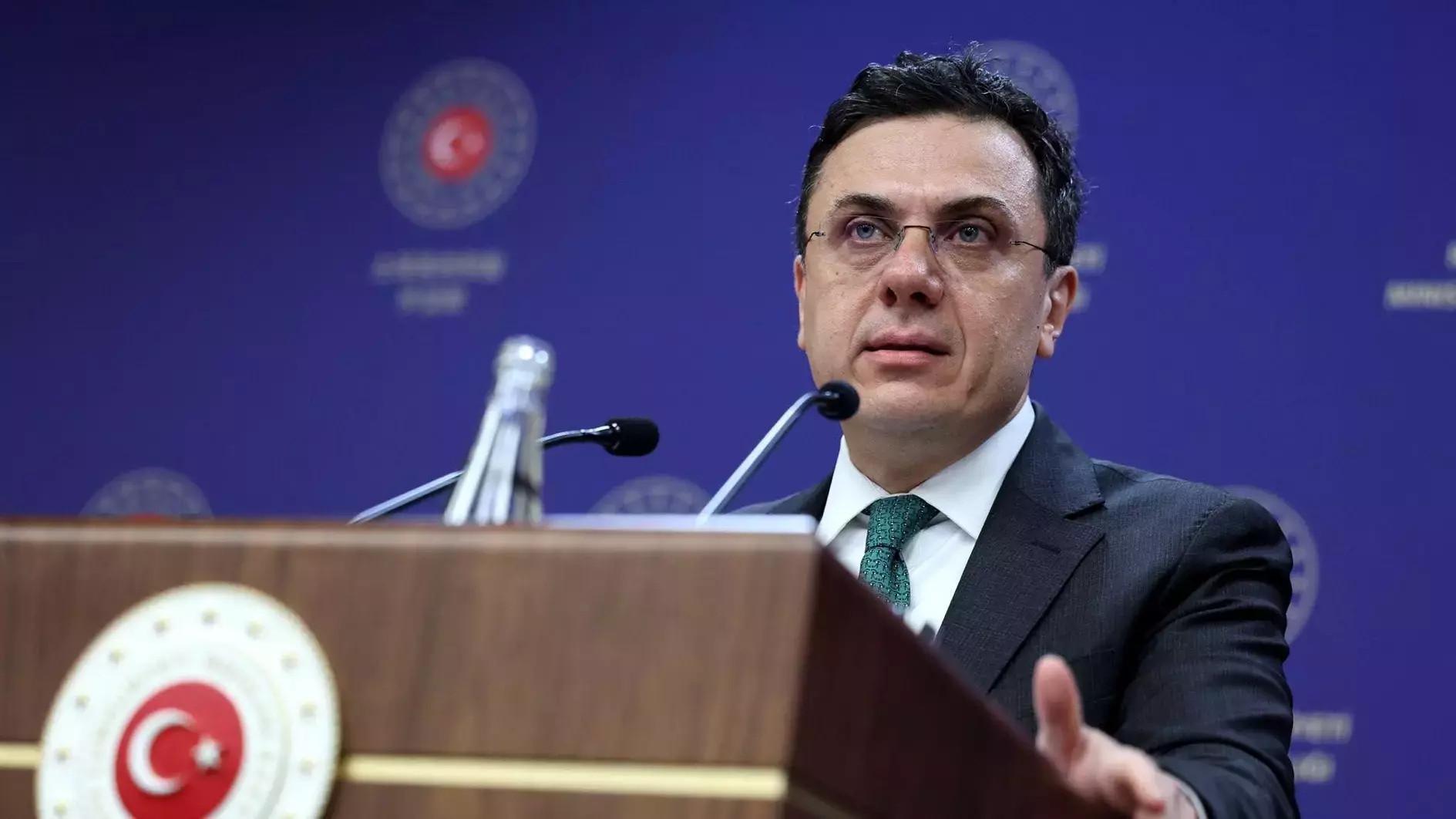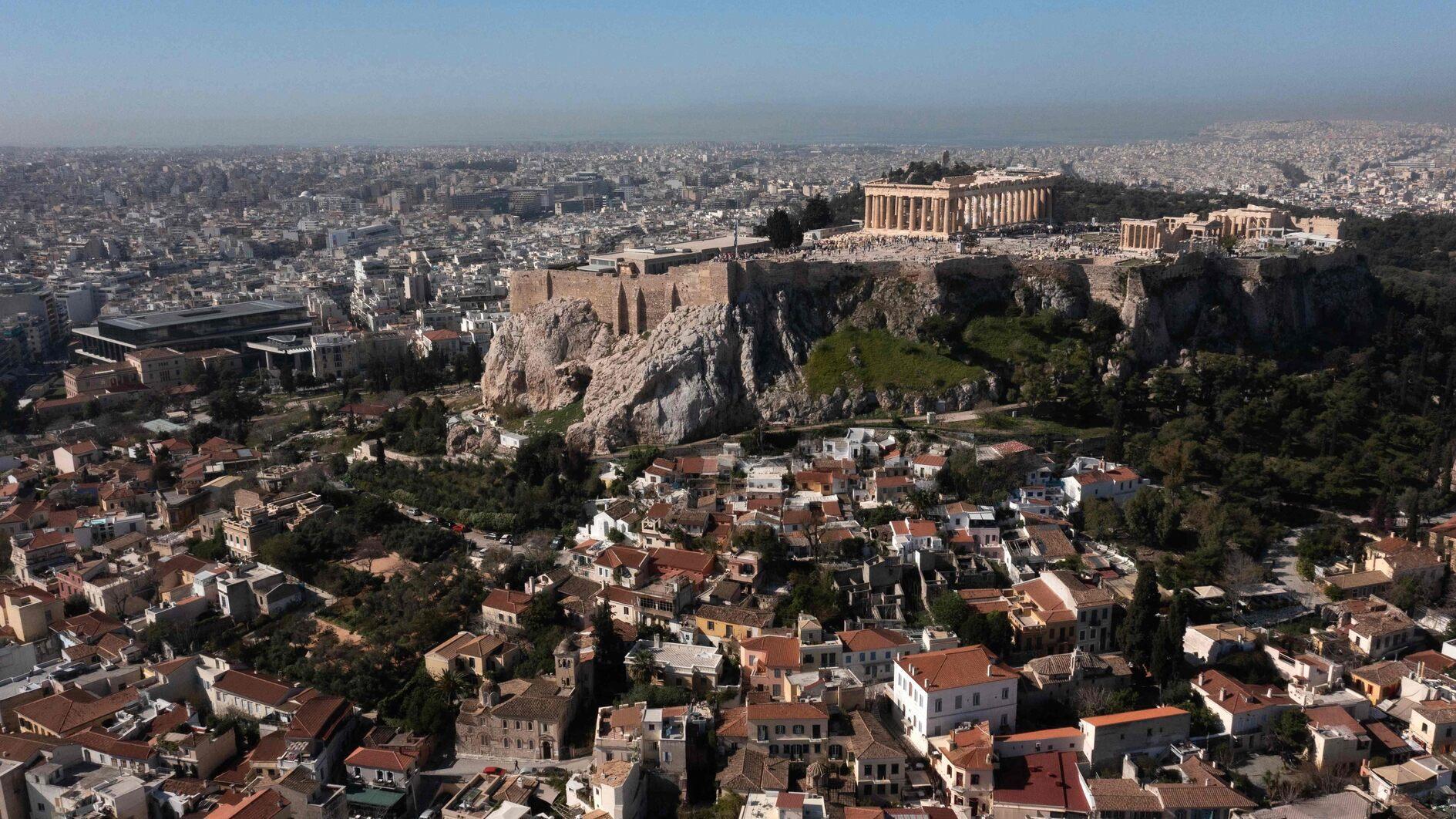Don’t worry!
“What I learned by painful experience as a diplomat in Central America,” a European ambassador friend once said, “is that when someone tells you ‘Don’t worry,’ you’d better worry.” I recalled that line when locals in a tiny town bordering Syria told us, a small troupe of journalists, that they had been assured by the authorities not to worry about a Syrian chemical attack. All military measures to counter any attack had been taken with precision, and gas mask stocks were full.
There are a few problems, though, despite the fact that a U.S. strike is a slimmer possibility now, and a Syrian chemical attack against Turkey even much slimmer. All the same, if the worst happens, should the 3.5 million Turkish populace residing in the danger zone worry or not? Not many people seemed worried in Hatay, in which the troupe toured its three zero-point border towns and one village. Patriot anti-missile batteries and other assets would protect them from the diabolical enemy. So, no need to worry.
In fact, the Patriot mini-missile defense architecture, NATO’s New Year gift to Turkey last year, will not be protecting the local population, but a U.S.-owned, NATO-assigned radar deployed last year in Kürecik in Malatya will, although not from Syrian missilies, but primarily Iranian ballistic ones.
The Patriot is an early-warning missile detection and tracking radar system that is now sitting in Kürecik and with a mission to provide U.S. naval assets in the Mediterranean with early-warning and tracking information in case of an Iranian missile launch targeting an ally or a friendly country. And the batteries are not where they are now to protect Turkish villagers. Even if they intended to, the Patriots would not be effective against a multitude of short-range Syrian missiles carrying God knows what warhead.
If the Patriots were reliable air defense assets in the event of a Syrian attack, why would Turkey be preparing to spend $4 billion to build a long-range air and anti-missile defense shield under a program dubbed T-LORAMIDS? But of course, the locals did not know Turkey has been striving to build this more proper air defense system for the past 10 years or so. Where does Turkey stand today? Close to a decision to select a foreign manufacturer, but perhaps another decade away from actually deploying the system. Is it not a bit weird that Turkey decided it urgently needed air defenses and will probably have them built in about two decades? But again, perhaps we should not worry.
I am not going to elaborate on why Turkey does not have a sufficient number of premonitory gas detectors. But the chemical threat, the first time Turkey has come so close to facing it, has unmasked a few problematic areas in military procurement.
For instance, the CBRN (Chemical, Biological, Radiological and Nuclear) military laboratory (to detect, analyze and identify CBRN material coming from the enemy) Turkey intended to buy and signed a contract for back in 2010 is still not up and running. If not today, when?
Similarly, in 2008 a contract was signed with a local producer for the procurement of 162,000 sets of CBRN protective clothing for Turkish soldiers. So far only 2,000 sets have been delivered – and at a high-profile ceremony in February! That makes slightly more than 1 percent of the total – in five years. Let’s hope the Armed Forces will not have to wait another 495 years to complete deliveries. Turkish-made drones, which could have been used in days like these, are another story and would not fit here due to space limitations.
On Monday evening, Hatay was very peaceful. The lunapark looked alluring to locals with its glittering toys. The manager of the historic “little Soukh” restaurant was all smiles as if the city he lived in bordered Luxembourg, not Syria. So was the “retired smuggler” in the tiny village.
I understood why. Someone had told them not to worry.










